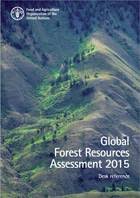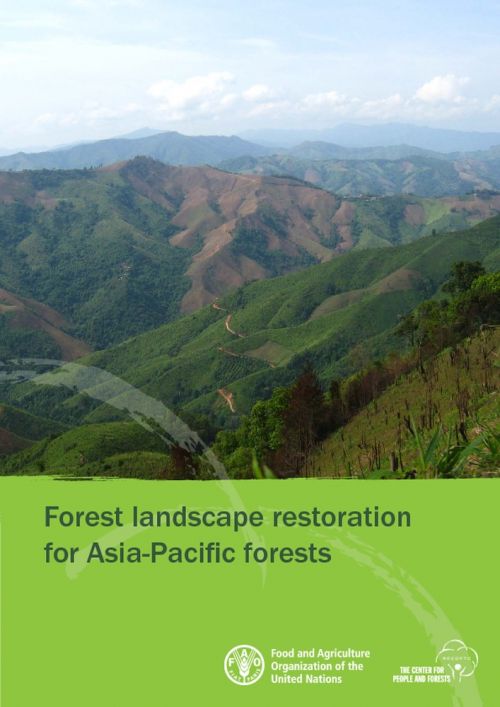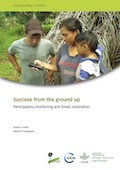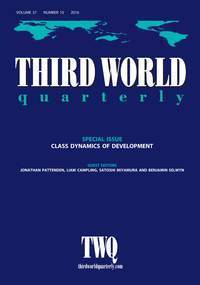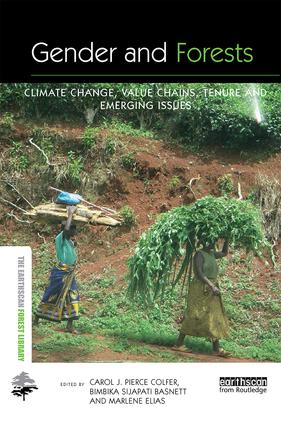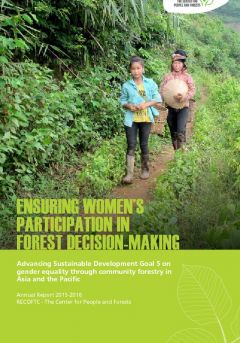Plan d’Investissement Forestier (PIF COTE D’IVOIRE)
La vision globale du Plan d’Investissement Forestier (PIF) est de : restaurer la productivité des ressources forestières et de les gérer de manière durable ; créer des incitations ; sécuriser le régime foncier et les droits d'accès aux terres en vue de créer un environnement propice à la transformation ; et mettre en œuvre l’agriculture zéro déforestation pour réduire la pression sur les forêts et améliorer les moyens de subsistance.Pour la réalisation de cette vision, quatre (4) objectifs spécifiques ont été identifiés, notamment: Restaurer, protéger et surveiller les forêts naturelles dan



